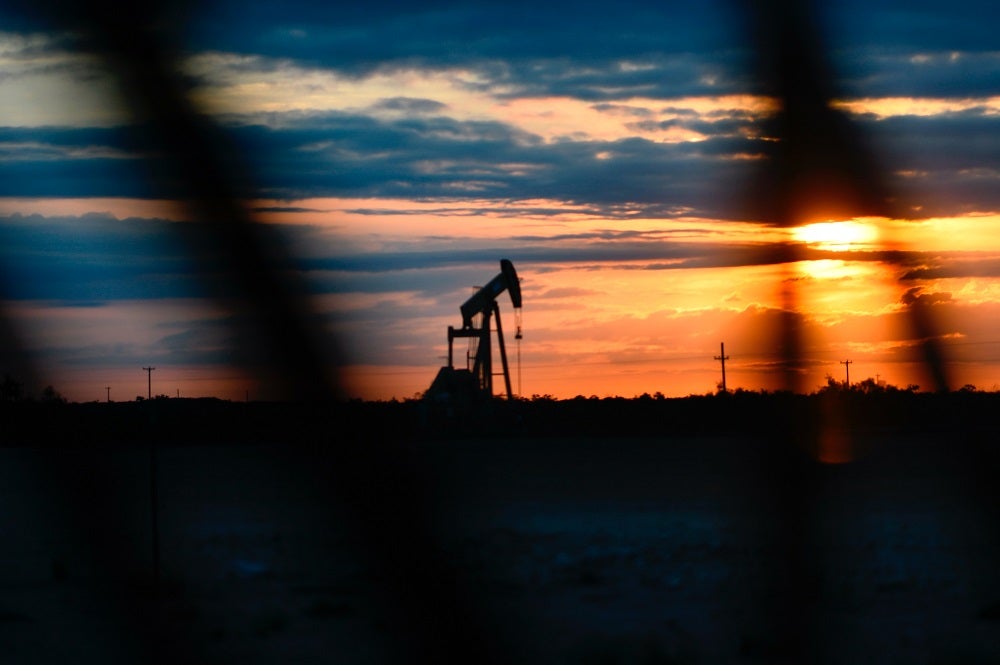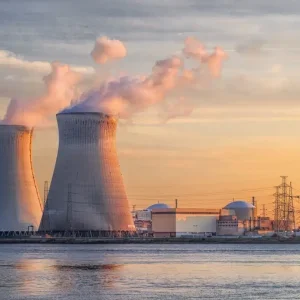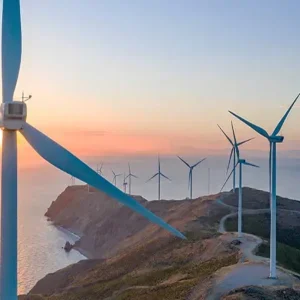
News of a potential Covid-19 vaccine will not deliver a quick-fix to rescue global oil demand, the International Energy Agency (IEA) has warned.
The Paris-based watchdog downgraded its full-year demand forecast to 91.3 million barrels per day (bpd) in 2020, which is 8.8 million bpd lower than 2019 levels.
Earlier this week, US pharmaceutical giant Pfizer and its German partner BioNTech announced a vaccine candidate that had shown 90% effectiveness against coronavirus during medical trials, spurring hopes of an end in sight the health crisis.
“Vaccines are unlikely to significantly boost demand until well into next year,” the IEA cautioned in its latest monthly oil-market update. “There is considerable excitement at news that an effective vaccine against Covid-19 might soon be available.
“However, it is far too early to know how and when vaccines will allow normal life to resume. For now, our forecasts do not anticipate a significant impact in the first half of 2021.”
Covid-19 vaccine will not avert ongoing oil-demand woes amid fresh wave of lockdowns
The impact of the pandemic has caused massive disruption to oil markets this year, as travel and economic activity slowed worldwide, cutting into demand and tilting the market balance into an oversupply that has pushed down prices.
Recent updates from the IEA had estimated 2020 demand at 91.7 million bpd, but a resurgence of the pandemic in key markets has prompted new waves of lockdowns and travel restrictions that have since damaged the outlook.
“In the here and now, we continue to see surging caseloads, particularly in Europe and the United States,” the organisation said. “The recent announcements of lockdowns and other containment measures in many countries have led us to significantly lower our estimates for global oil demand.”
Among non-OECD countries, however, particularly in China and India, the IEA has actually raised its raised its demand forecast, due to better-than-expected economic performance.
Looking ahead to next year, “the lingering impact of the pandemic” is expected to realise a year-on-year global demand drop of 700,000 bpd during the first quarter – before rebounding by 5.8 million bpd over the full year to 97.1 million bpd.
Tough decisions ahead for Opec+
Since May, the Opec+ alliance of oil-exporting countries has been limiting its collective production in a bid to bring balance to the market and stabilise commodity prices.
The cuts are currently being implemented at a rate of 7.7 million bpd, but are due to be eased to 5.7 million bpd in January – with the member countries due to meet in December to discuss their strategy.
Global oil production increased by 200,000 bpd in October, compared to the previous month, with a resumption of activities in the US after hurricane-related shutdowns and growing output in Libya after months of inactivity due to civil conflict expected to increase November production by more than one million bpd.
The IEA warns falling demand amid the pandemic’s resurgence, coupled with these supply increases, means that “current fundamentals are too weak to offer firm support to prices”.
It added: “With a Covid-19 vaccine unlikely to ride to the rescue of the global oil market for some time, the combination of weaker demand and rising oil supply provides a difficult backdrop to the meeting of Opec+ countries.
“Our current balances, incorporating the quota increase of two million bpd included in the Opec+ supply agreement, imply almost zero stock change in the first quarter of 2021. Unless the fundamentals change, the task of re-balancing the market will make slow progress.”






